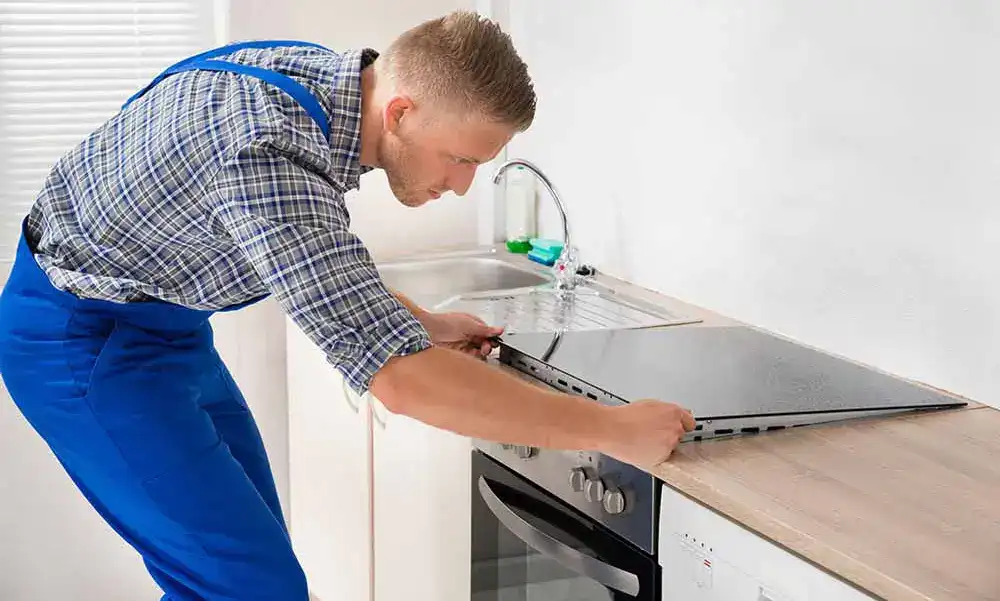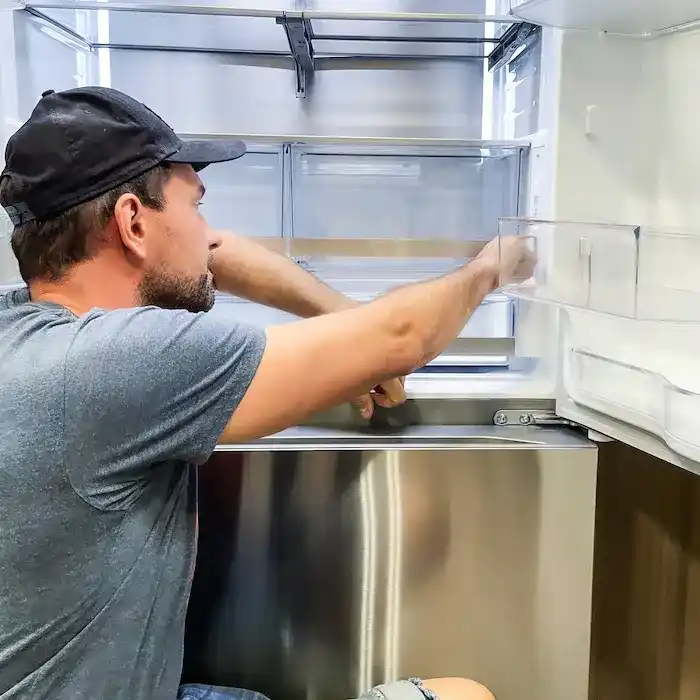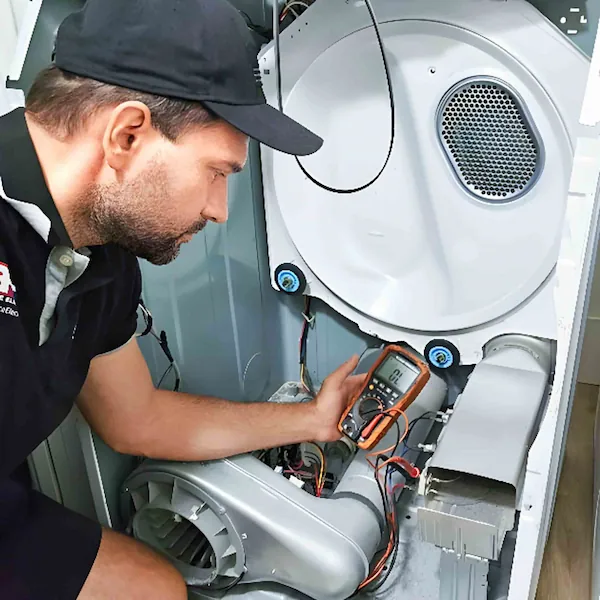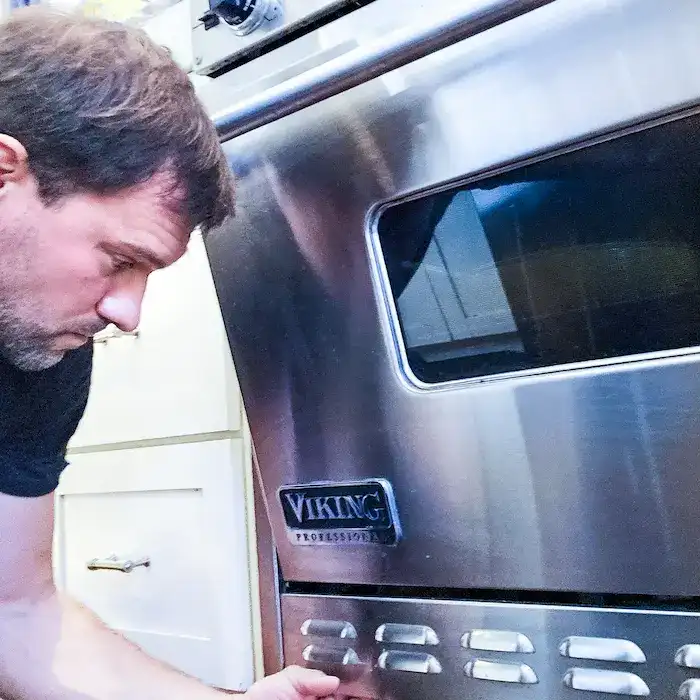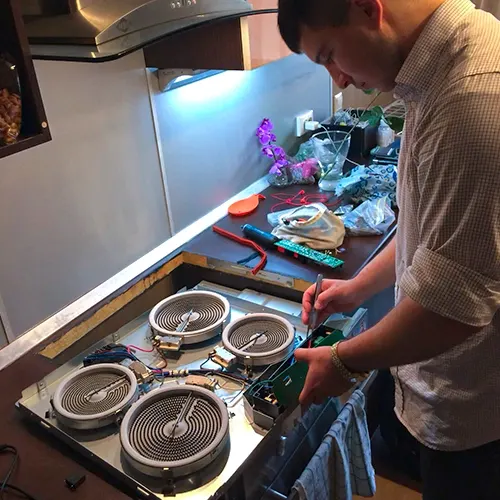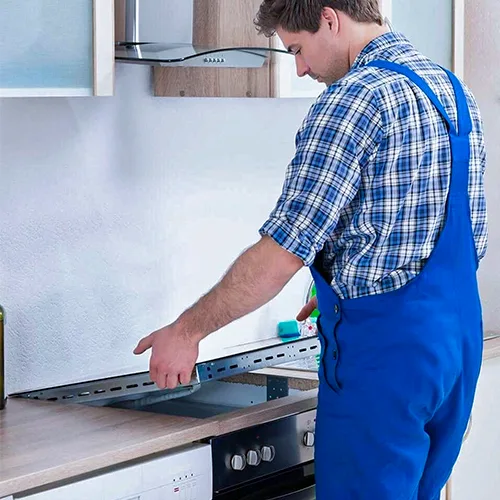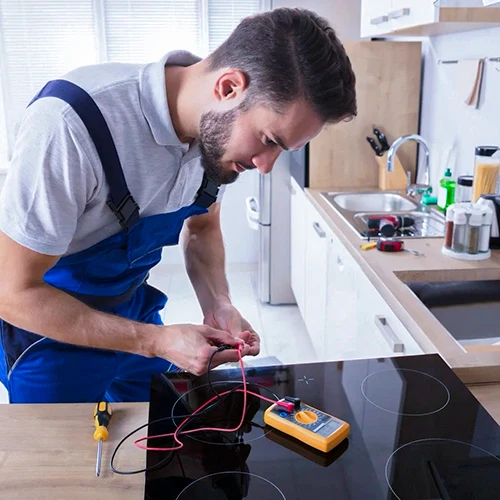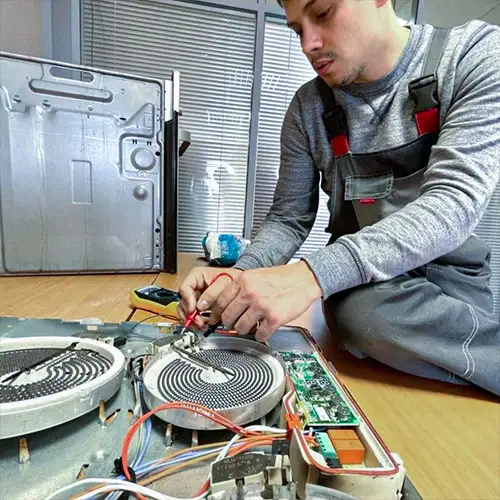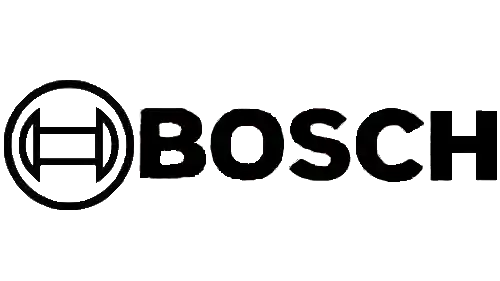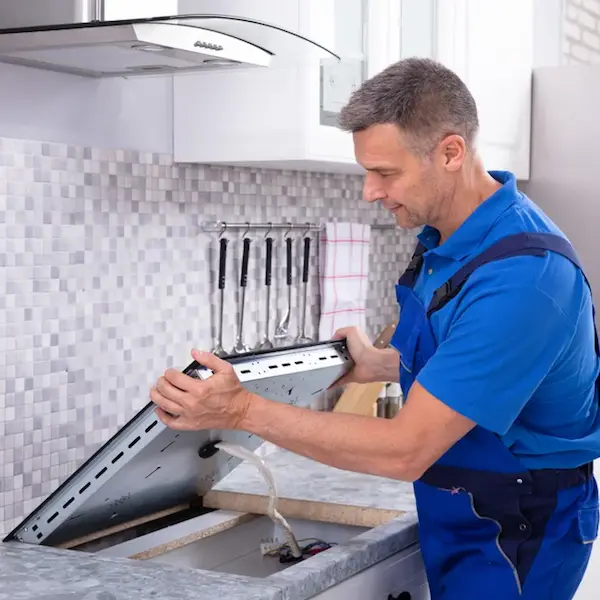 Induction Cooktop Repair Near Me
Induction Cooktop Repair Near Me Our experienced technicians specialize in induction cooktop repair for a wide range of models and brands, ensuring your induction cooking experience is safe and efficient. Here's how we handle various types of cooktops and their common issues:
Standard Induction Cooktop Repair: Efficient and Modern Cooking Solutions
Induction cooktops are prized for their fast, energy-efficient heating and sleek designs. However, they can face problems such as:
Faulty heating elements
Circuit board failures
Error codes on display
Our technicians use advanced tools to troubleshoot issues with the electromagnetic field and replace defective parts like circuit boards or burners. We test the unit after repairs to ensure it provides consistent and reliable heat while maintaining safety standards.
Built-In Induction Cooktop Repair: Seamless Integration and Functionality
Built-in induction cooktops are designed to blend seamlessly into your kitchen layout. Common problems include:
Glass surface cracks
Power supply issues
Faulty sensors
We address these issues by replacing damaged glass panels, fixing blown fuses, and recalibrating or replacing faulty sensors. Our team ensures your built-in cooktop retains its sleek appearance while performing flawlessly.
Portable Induction Cooktop Repair: Convenient Cooking Anywhere
Portable induction cooktops are ideal for small kitchens or on-the-go cooking but can encounter:
Our technicians repair or replace damaged power cords, fix control panels, and ensure the unit cools and operates correctly. We focus on restoring portability and efficiency so you can continue to enjoy induction cooking wherever you need it.
Dual-Zone Induction Cooktop Repair: Precise Heating for Multi-Tasking
Dual-zone induction cooktops allow you to cook at different temperatures on separate burners, but they can face issues like:
We recalibrate the electronics, replace defective components, and test both zones to ensure your dual-zone cooktop operates smoothly and provides even heat distribution.
Commercial Induction Cooktop Repair: High-Performance Cooking for Businesses
Induction cooktops in restaurants or commercial kitchens experience heavy usage, leading to:
We specialize in repairing high-performance units from brands like Viking and Bosch, ensuring quick turnaround times to minimize downtime. Our repairs focus on restoring full power and reliability to support your business operations.
